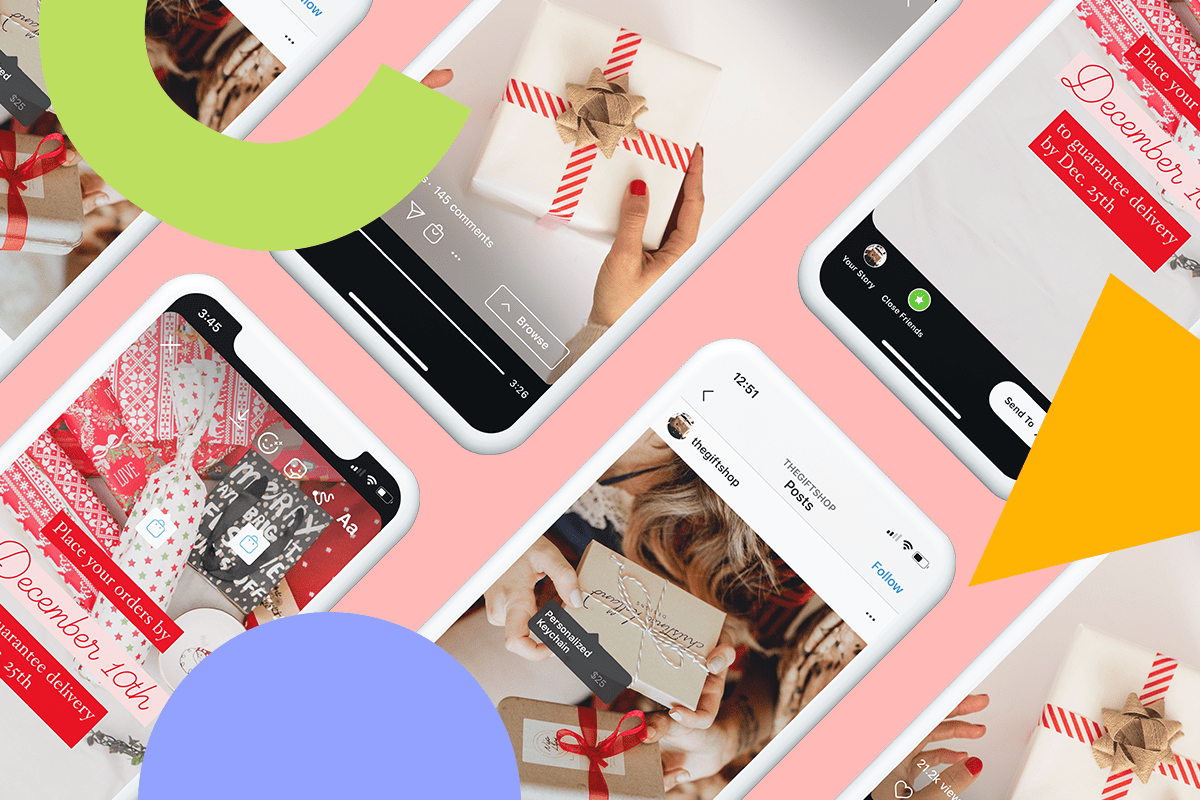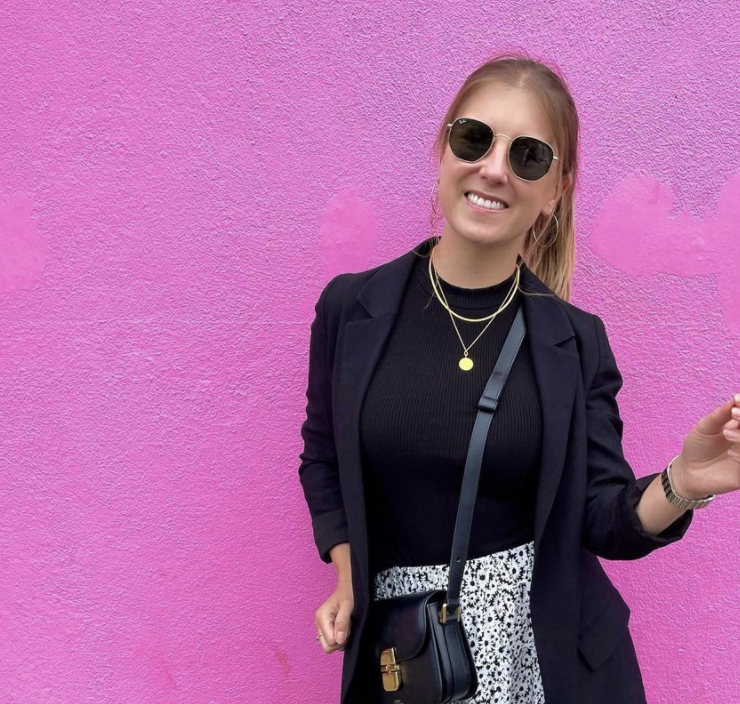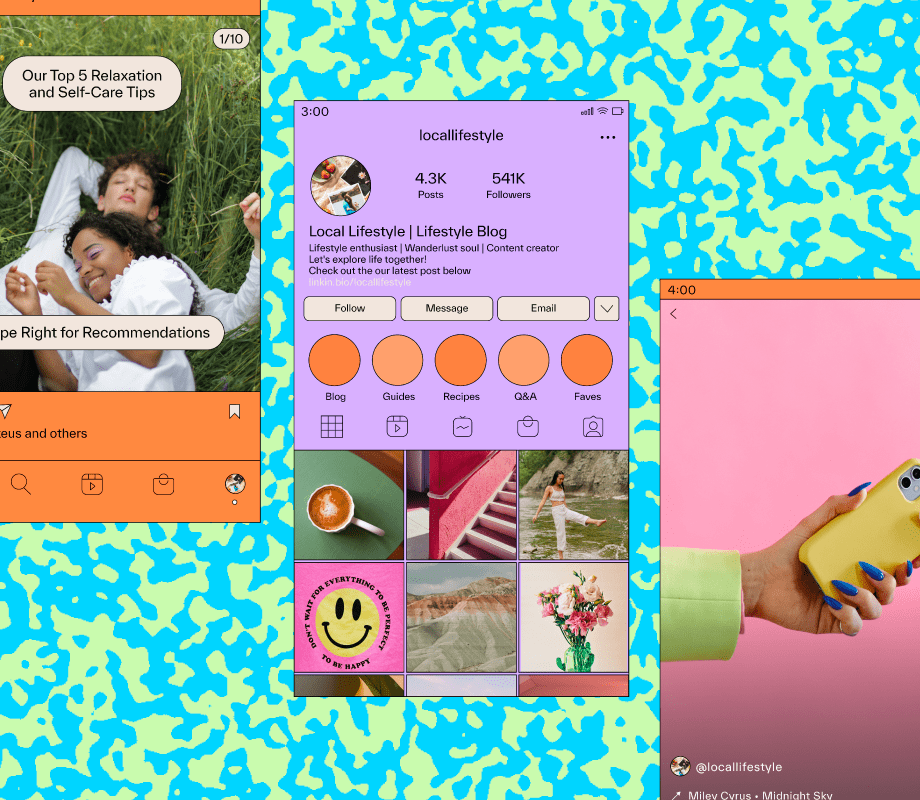If you haven’t started your holiday e-commerce plan yet, now’s the time!
With Thanksgiving, Black Friday, Cyber Monday, and Christmas just around the corner, this festive season is huge for e-commerce.
In fact, US consumers spent $7.4 billion online during last year’s Black Friday sales alone.
Ready to take your holiday e-commerce strategy to the next level? Find out how to plan and execute a social media campaign that converts in this step-by-step guide:
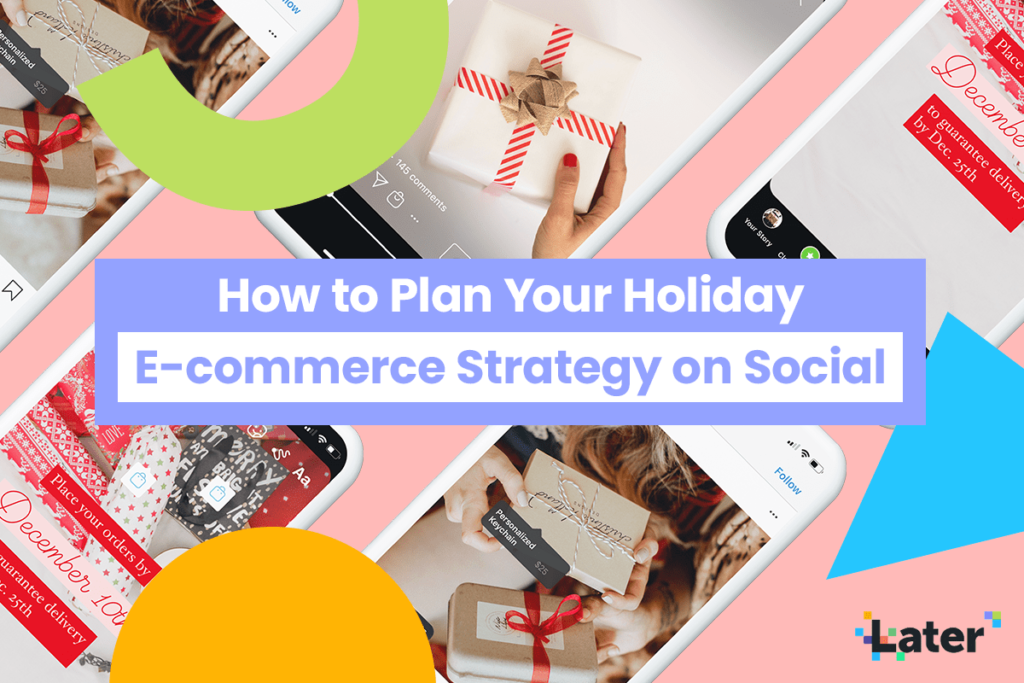
A Step-by-step Guide to Creating a Holiday E-commerce Plan:
Step #1: Review Last Year’s Holiday Campaign
As the saying goes, you can’t grow if you don’t know.
So before you jump into any planning for 2020, it’s worth reviewing last year’s campaign (if you ran one) to see how it tallied up against your goals.
This step is all about reflecting on your previous successes or failures to identify areas where you can improve.
Here are a few questions to help you get started:
What content got the highest level of engagement/number of clicks/sales?
Which social platforms performed best?
Did your campaign support your brand values and aesthetic?
What days and times worked best for your brand?
By gaining a deeper understanding of your previous campaigns, you’ll be able to use this insight to inform your 2020 strategy.
Step #2: Set Your Holiday Campaign Goals
When it comes to planning your holiday e-commerce campaign, it’s important to keep your eyes on the prize.
Setting clear goals will keep your campaign focused and provide a way to track your success throughout the campaign.
The best goals are always SMART: specific, measurable, attainable, relevant, and time-bound.
For example, you may want to increase brand awareness during your holiday e-commerce campaign — but this isn’t a particularly SMART goal.
Instead, you could set a goal to increase reach on Instagram by 5% during the month of November, as greater reach equals more eyes on your content, and therefore more awareness for your brand. This is specific, measurable, attainable, relevant, and time-bound.
Holiday e-commerce campaigns are usually focused on bottom-funnel goals, like conversions and sales.
But you can also incorporate some top-funnel goals into your strategy, like building engagement in your community or growing your email list.
Every brand will have a unique set of campaign goals depending on company size, objectives, and values. There’s no right or wrong answer here — but it’s important to understand how your goals are relevant to your business.
Step #3: Plan Your Campaign Timeline
Once you’ve decided on your goals (and the metrics to measure those goals), it’s a good time to nail down your timeline.
Timing is everything when it comes to holiday marketing campaigns, and you’ll want to set your timeline well in advance of your launch date. Here are some key dates for the 2020 holiday season:
Halloween: 31 October
American Thanksgiving: Thursday, 26 November
Black Friday: Friday, 27 November
Small Business Saturday: Saturday, 28 November
Cyber Monday: Monday, 30 November
Christmas Day: Friday, 25 November
Boxing Day: Saturday, 26 November
New Year’s Day: Friday, 1 January
The most important part of this process is creating a robust promotional calendar that ties back to the specific goals of your campaign.
For example, if your focus is generating e-commerce sales, you need to break down how and when each product will be promoted in the lead-up to the holidays.
Even if you’re only running a few promotions during the holidays, it’s really important to build a calendar with your key promotion periods for the season.
It’s also a good idea to factor in how long each part of your holiday campaign will run. You may want to think about a launch timeline that runs something along the lines of:
Day 0-14: Pre-launch hype
Day 15: Launch day
Day 16-20: Post-launch follow-up
One last thing to consider: shipping!
Every year, delivery services publish their “Last Days to Ship” schedules in October — these are the final days that orders can be made before Christmas.
Before the dates are confirmed, you can still start developing your promotional materials based on previous years — but be sure to stay on top of this year’s deadlines.
Nailing down a solid calendar is super important, it will give you a clear idea of how much lead time you’re working with and the potential scope of the project.
Use Later’s free social media holidays calendar to keep your Instagram up-to-date and plan your content ahead of the holidays!
Step #4: Choose Your Campaign Channels
Now that you have a goal and a timeline, you’re ready to start choosing what social media channels to focus on during your campaign.
There are tons to choose from: Instagram, Twitter, Facebook, Pinterest, YouTube, TikTok, LinkedIn, and more! But that doesn’t necessarily mean you should run your campaign across every platform.
Think carefully about which platforms are most likely to help you to deliver on your campaign goals — and how easily you can adjust your strategy for each channel.
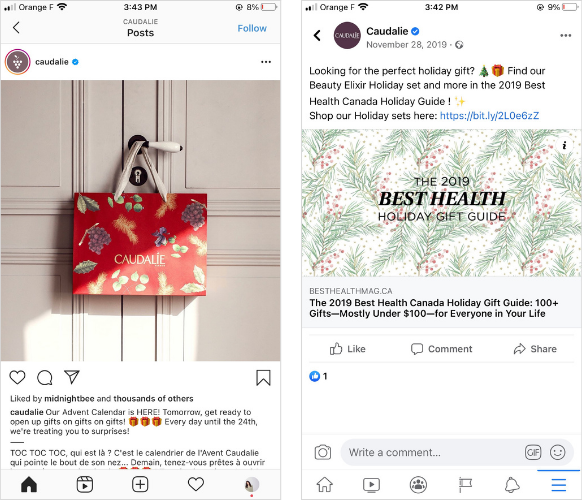
Each channel has a unique set of tools and features, audience, and purpose. Consider what will resonate with your audience best on each platform.
Step #5: Set Your Creative Direction
Now that you have all the background details like goals, timeline, and channels locked down, it’s time for the fun part: what will your campaign actually look like?
Having an overarching creative direction is what separates your campaign from your day-to-day social posts — and a fresh design is also a great way to visually tie all of your campaign content together.

The most memorable social media campaign designs usually have a strong creative narrative — a concept or theme that ties all of the design elements together in a visual story.
“Every creative direction starts with the concept,” explains Later’s Creative Design Lead, Chin Tan.
Setting a concept early on in the design process can act as a valuable framework for creative brainstorming, which is especially helpful if there are multiple designers working on the same project.
Once you’ve got your concept nailed down, it’s time to bring it to life in a visual mood board.
By creating a visual mood board, you can bring all of your creative inspirations together in one place and gain a holistic view of what themes and styles work well together.
The trick is to use your mood board as a launchpad for creativity, rather than repeating designs that already exist.
“Don’t be afraid to do lots of little experiments to find out what works and what doesn’t,” Chin advises.
Plus, there are a ton of different programs and apps that you can use to create mood boards for your next campaign, from Pinterest to InVision.
ICYMI: With Later, you can plan, schedule, and publish your social media posts in advance for free — sign up today.
Step #6: Plan Your Posting Schedule in a Content Calendar
Once you have all your content and assets ready, it’s time to put everything together and plan out your social media content calendar for the holiday season!
With so many high-traffic dates over this period, it’s well worth planning your promotion strategy in advance.
By gaining a holistic view of what you are posting and when, you can make sure you’re visually telling a consistent story to your audience.
With Later’s Scheduling tool, you can easily drag and drop campaign content from your Media Library into your content calendar:
You can schedule your photos and videos to Instagram, Twitter, Facebook, and Pinterest.
Plus, you can easily check how your holiday campaign aesthetic will visually play out alongside your other posts.
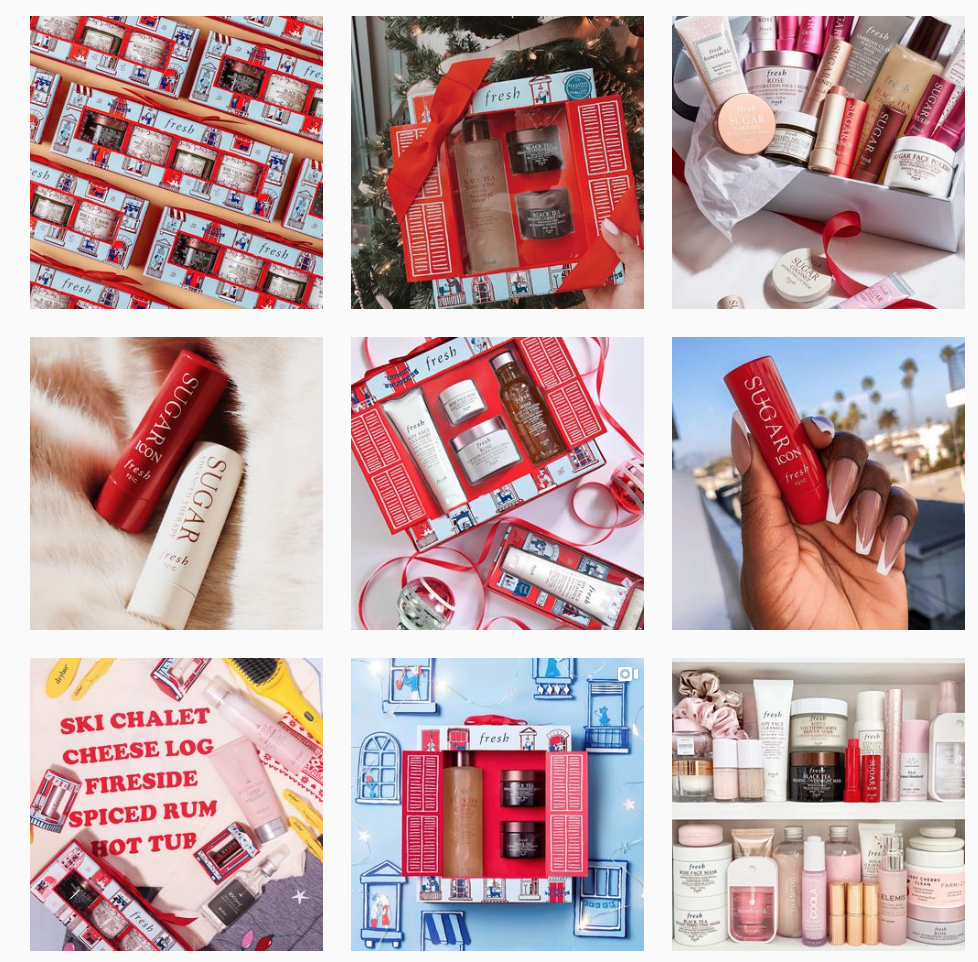
Later’s Visual Instagram Planner shows you exactly what your Instagram feed will look like with your future posts in it, so you can achieve the perfect grid.
You can easily rearrange or swap out photos from your media library until you’ve found the best composition for your feed.
TIP: If you’re waiting on your final campaign imagery, you can still earmark your social posting dates with Later’s calendar notes feature!
**Step #7: Make Your Campaign Trackable
**
Before your campaign goes live, it’s important to make sure you can track and measure its success.
By setting up trackable links and getting your campaign reporting in order, you’ll be fully prepared and armed with knowledge for future campaigns.
Here’s a couple of ways to get your reporting organized for your holiday e-commerce campaign:
#1: Set Up UTM Tagging for Your Social Posts and Newsletters
UTM is short for “Urchin Tracking Module,” but to put it in simple terms, a UTM is a piece of unique code you can add to the end of a website link.
With UTM tagging, you can make sure Google Analytics is tracking your social traffic with complete accuracy.
First, decide what website or specific webpage you want to send your followers to — this could be a specific landing page for your holiday campaign or the shopping pages of your website.
For example, if you’re running a holiday campaign and want to get more newsletter sign-ups, you can send them to a landing page on your website:
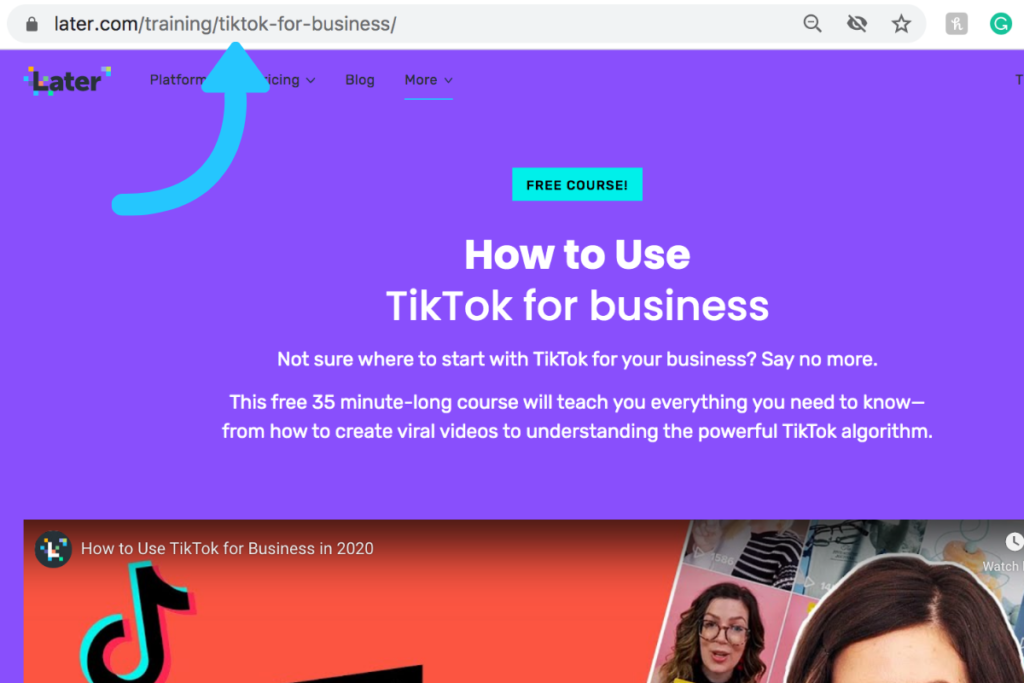
Next, Google Analytics lets you tag your URL with the following three campaign parameters and their values:
Source
Medium
Name
These parameters will help you capture data about the campaign.
Note: Google Analytics is case sensitive so make sure you’re consistent in naming your sources!
Thankfully, all the technical stuff is taken care of if you use Google’s Campaign URL Builder — it allows you to easily add campaign parameters to URLs so you can track custom campaigns on your Google Analytics Dashboard.
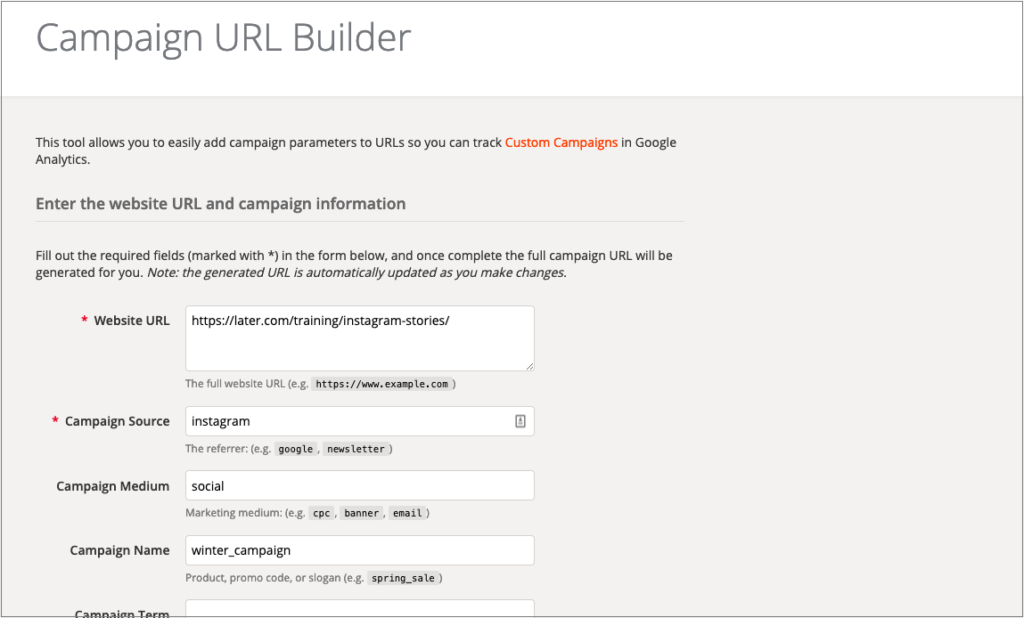
All you have to do is fill out the form, and Google will create a custom URL for the social posts part of your holiday campaign!
Now you’re all set! Once you’ve added the link to Instagram, you can start to track traffic from for each individual link on your Google Analytics Dashboard.
#2: Review Your Social Media Analytics
Whether you’re promoting your holiday campaign on Twitter, Facebook, Pinterest or Instagram, it’s important to check in throughout your campaign to see how your content is performing.
That way you’ll be able to gauge what content is getting the most traction, and what your audience responds to best.
One way to do this is to check each social platform’s analytics individually like Instagram Insights or Pinterest Analytics.
However, this can be time-consuming, especially if you’re running your campaign across multiple platforms.
To help save time, you can track your Instagram, Twitter and Pinterest performance all in one place with Later Analytics!
With Later Analytics, you can hone in on each post’s performance, and really see which content is working best for your audience and your campaign goals!
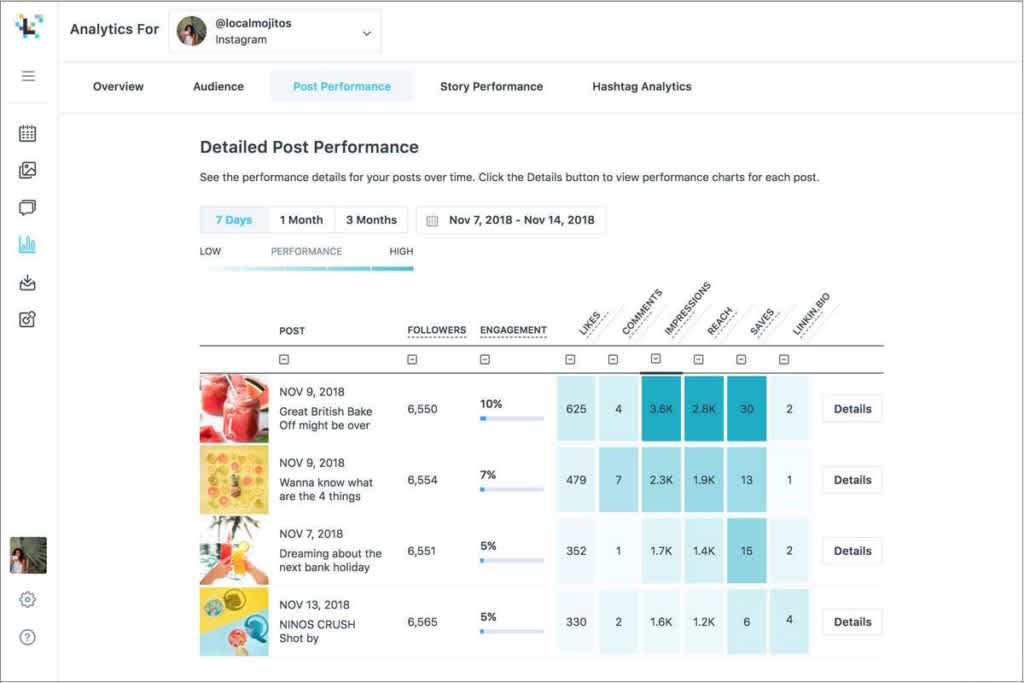
Plus, with Later’s new Pinterest Click Tracking feature, you can track and measure every click from your scheduled Pinterest posts.
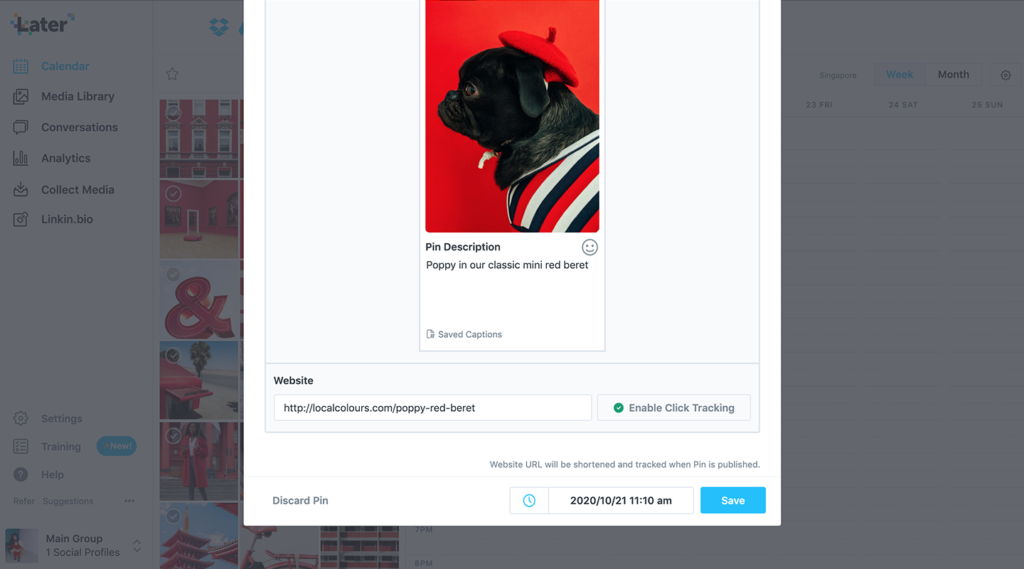
Whether you’re scheduling an image or a video Pin, tap “Enable Click Tracking” to convert your links into short vanity URLs and track your performance.
And that’s it!
Holiday marketing campaigns don’t have to be overly complicated and can deliver great benefits to your business.
With the holidays just around the corner, it’s important that you start planning your holiday e-commerce campaign on social media as soon as possible!
Ready to get organized and plan out your holiday content in advance? Start scheduling with Later, the #1 Instagram marketing platform. Sign up now — it’s free!
